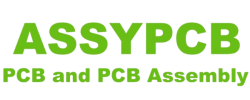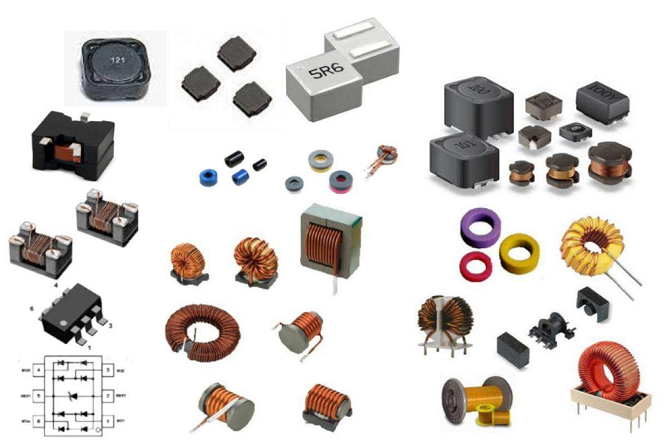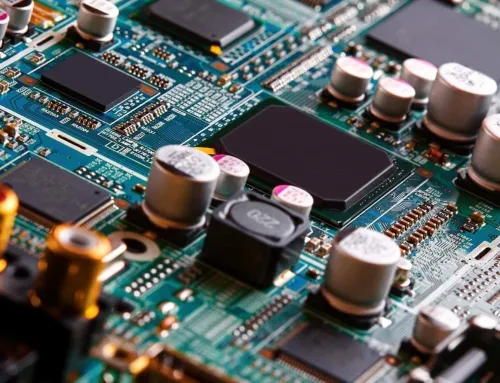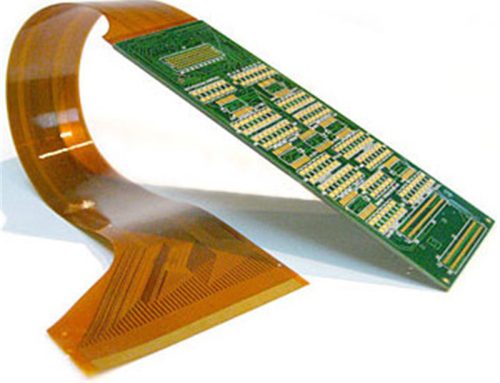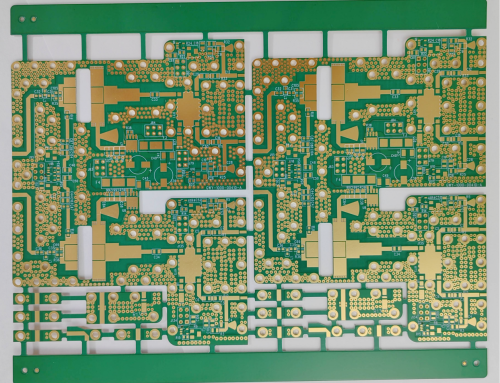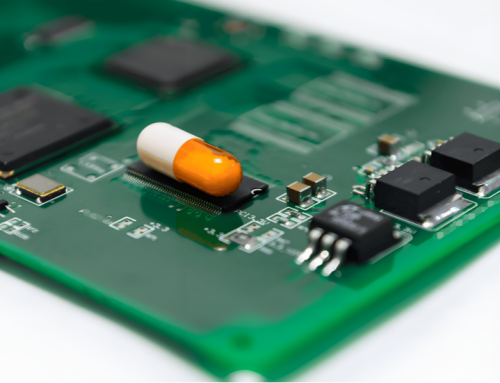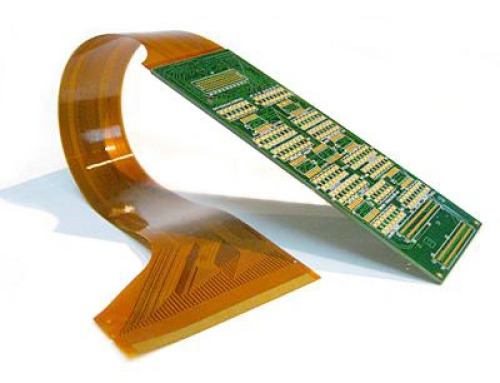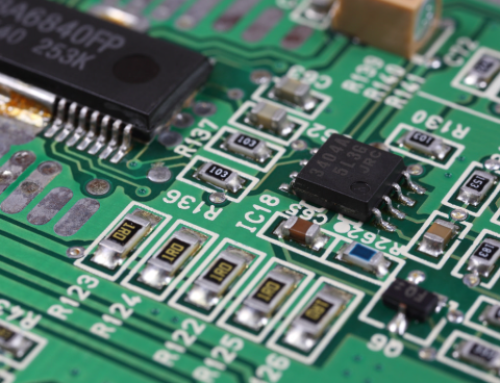Basic Electronic Components – The Ultimate Guide
Table of Conent
Table of Conent
Every electronic device is made up of electronic components.To successfully complete any task, it is important to understand the components that compose an electronic system. Electronic components like resistors, diodes, and capacitors are used across most electronic applications.
The Definition
They are key electronic components used to regulate currents in circuits. There are many different types, sizes, styles, and types of these components, but they all have a particular role to play in electronic devices. No electronic device can work without them. They are the most essential component of any circuit. They are essential to the functioning of electrical systems, as they control the flow of current and perform other tasks.
Each electronic component has specific characteristics that determine how it operates. As an example, diodes and capacitors control the flow of current while resistors limit the current. To build a true electronic gadget, you must first establish a direct link between the most basic electronic components in a circuit board and their interactions.
Active and Passive Electronic Components
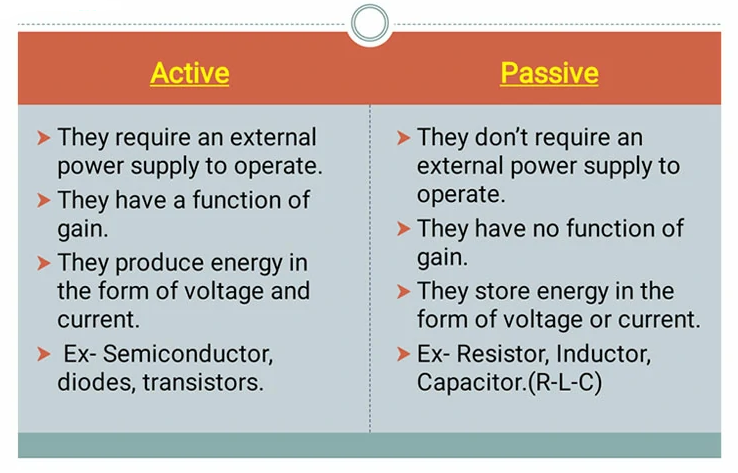
Electronic components
can be divided into passive or active types. Electronic parts are classified according to their interaction with circuits and whether or not they require external power sources.
Active components are electronic devices that require external power to operate. These components also provide energy to the circuit. Passive components do not require external power sources to operate. They either store the current, or they block it. They either store energy or block current. They can’t create or amplify any signals. Active and passive components govern electronic circuits.
Common Components
• A resistor is also called a current-stopper. It prevents electronic devices from being damaged by excessive current. Resistors are used according to Ohm’s Law to limit current. Always have resistance. The resistance is indicated by colored bands. Users can choose the type of resistance they want to use. It could be a constant or adjustable resistor.
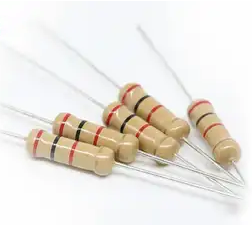
• A capacitance is an electrical device that stores and releases energy. The device works by holding a charge of electricity in a field. They smooth out current fluctuations for power supply circuits and filter circuits. All capacitors are classified into ceramic, tantalum, or electrolytic.
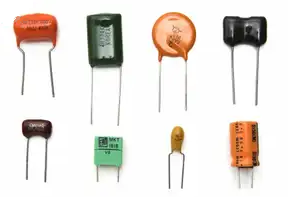
• The current in a diode can only flow one way. Its primary job is to change alternating current into a direct current. It has less resistance in one direction, forward. On the other, it has more resistance. This prevents the reverse flow of current. These devices are used for a variety of applications, such as signal processing and power supply rectification.
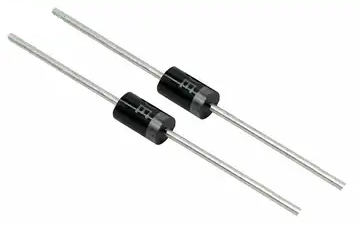
• A zener diode is used to stabilize voltage. Zener diodes produce a constant voltage output (even when reverse-biased) while other diodes simply allow current to pass through them. These diodes are primarily used to maintain a steady voltage in circuits for voltage regulation or overvoltage protection.
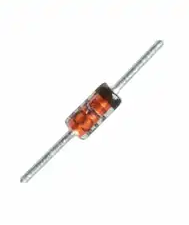
• Inductors can store magnetic energy as electrical energy. Inductors consist of coils made from copper wire that undergo positive flow changes. These devices are used for transformers, inductive loads, filters, and noise reduction at high frequencies.
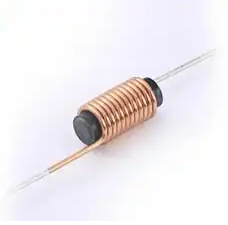
• A varactor diode, is a type of special diode that can have its capacitance changed by an external biasing voltage. You can alter the frequency response by changing the capacitance.
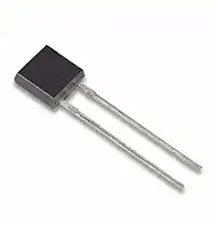
• The transistor, is an electronic component with three terminals and the capacity to switch or amplify signals electronically. The input voltage (or current) controls the output current. They are used primarily in analog circuits such as sound amplifiers, but also in digital circuits like logic circuits or memory. They are classified further into bipolar junction transistors (BJTs) and field effect transistors.
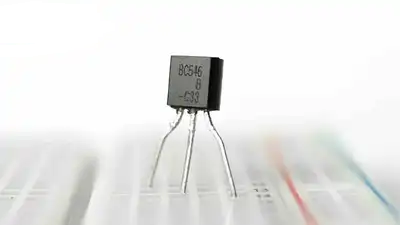
• Field effect transistors are transistors that are powered by an electrical field. FETs complement BJTs with their high input impedances, low power consumption, and ability to control the current. High-frequency applications also use it. MOSFETs are a type of Metal Oxide Semiconductor Field Effect Transformers.
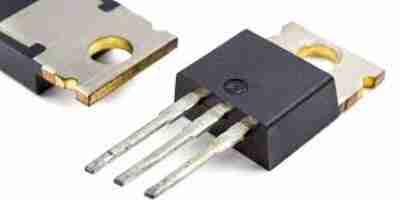
• Sensors can convert physical variables such as temperature and light intensity into digital signals. Temperature, light intensity, pressure, movement, etc. ). The electrical signal is converted. The machine can respond and interact with its environment. Sensors can be utilized in numerous applications, from temperature regulation and autonomous cars, smart homes, and medical devices, to temperature management. They monitor and provide feedback in real-time.
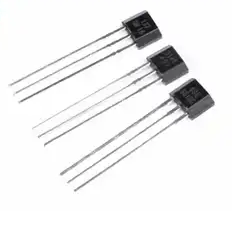
• Transformers are electrical devices that transmit electrical energy by electromagnetic induction between two or multiple circuits, mostly for AC (alternating-current) signals. Transformers operate on the principle of electromagnetic induction. You can adjust the voltage as required. Transformers are used in audio circuits, power adapters, and power transmissions. Transformers are classified according to their frequency of operation. These include power transformers and signal transformers.
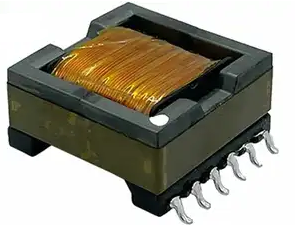
The common electrical components in simple and complex circuits are required to perform functions ranging from power conversion to signal processing.
Identification of Electronic Components
You should be able to quickly and accurately identify electronic components once you start working with them. To avoid damage caused by incorrect identification, it is important that components are used correctly.
You must identify the correct electronic part from the list. Despite the fact that many components have a similar shape, like field effect transistors or varactor diodes, for example, their roles in a circuit board are completely different. It is important to recognize their patterns and characteristics in order to correctly identify and assemble circuit boards.
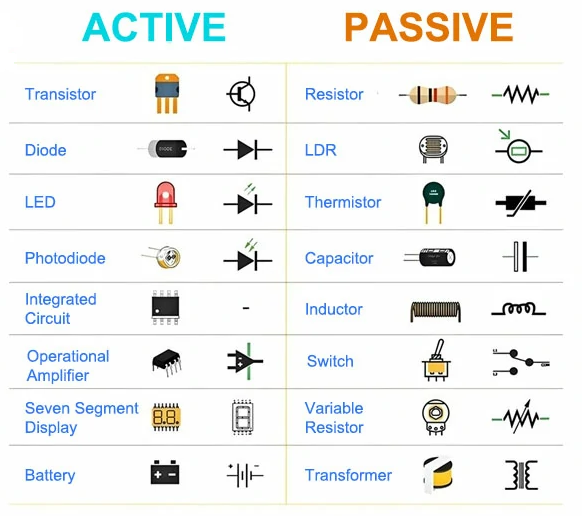
Which Components Are in a Circuit?
Circuits are made of electronic components that create pathways for electric currents. Connecting the components in the system is necessary to ensure that energy flows correctly and continuously.
• In any circuit board, the power source is always the first step. Power sources can include a battery, power supply, or other power source that delivers the voltage required to run the circuit.
• Resistors are the most common electrical component. They limit the current flow through a circuit board in order to protect sensitive components against excessive current.
• Capacitors store electrical energy for release when needed. They are typically found in power systems, where they smooth voltage fluctuations.
• Diodes, electronic devices which only allow current flow to one direction. The device is used to convert alternating to direct currents.
• Transistors are used to turn electrical signals on or off, or to amplify them. Signal processing and amplifiers are essential for their use.
• Inductors store energy within a magnetic field. These devices are used for power supplies, filters, and RF circuits.
The electronic components are the basis of complete circuits. Lighting circuits and more complex circuits such as power control systems can be created.
Conclusion
What are electronic components or electronic parts? No matter how complex or simple the circuit board is, they are essential building blocks. Success in electronics requires that you understand the basics of electronics. Once you master electronic part lists and identification, you will be able to complete any project.
Latest Blog
Contact Info
Phone: +86-755-82882936
Email: [email protected]
WhatsApp: +86-13570802455
Wechat: +86-13570802455
Address: 2nd floor,D Bldg.,Electric Link Technology Bldg.,Gongming,Guangming New Dist.,518106 Shenzhen, China
